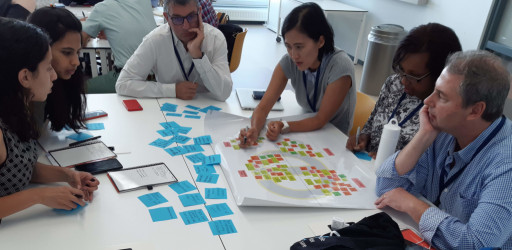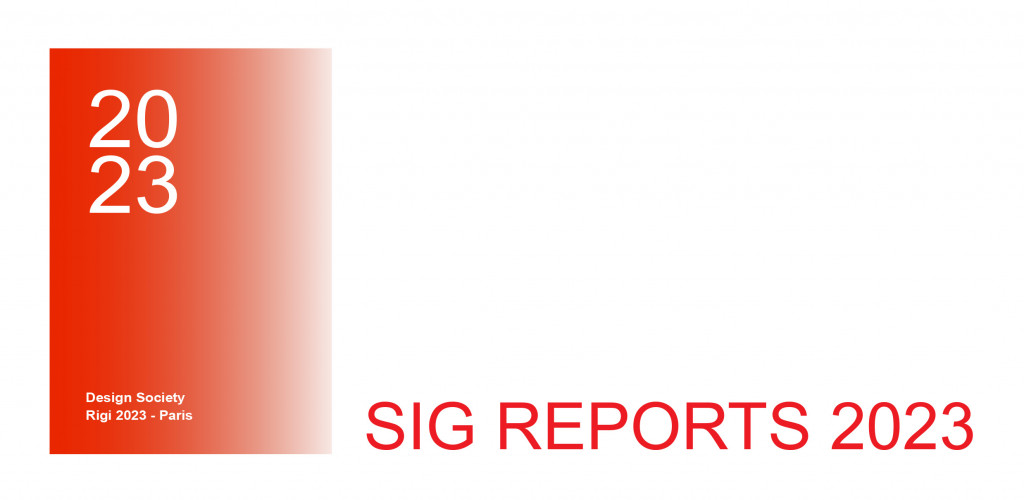World leading partnerships have been
built through the development of collaborative design practices. Collaborative
design is seen by many as an ideal mechanism for exchanging knowledge. When
operating effectively, these partnerships have had a significant beneficial
impact on productivity and the economy. A detailed consideration of the
mechanisms for successfully supporting the collaborative design process through
a fundamental understanding of the conceptual elements of collaborative design
(that require management and nurturing) is lacking, but is needed by the
research community.
The structure of a collaborative design
partnership is dynamic in its nature. It evolves with the natural variation in
the availability of the designers within the network and the technology that
the designers use. This evolutionary nature presents challenges with respect
to: the development of collaborative relationships to promote growth both
individually and collaboratively; the management and sharing of intellectual
property and the decision making process related to the management of the
collaborative network.
Support for the fundamental aspects of
collaboration is required for collaboration between geographically distributed
and culturally different organisations to be effective. For example,
information exchange is confounded by the confidential or restricted nature of
the information as well as by other barriers to collaboration such as trust.
Many existing solutions for supporting collaboration are in reality no more
than a means of exchanging information. For these solutions to be truly
effective a characterisation and framework for collaborative design is required
in order that appropriate architectures can be developed to meet the specific
requirements of differing collaborative design situations.





















